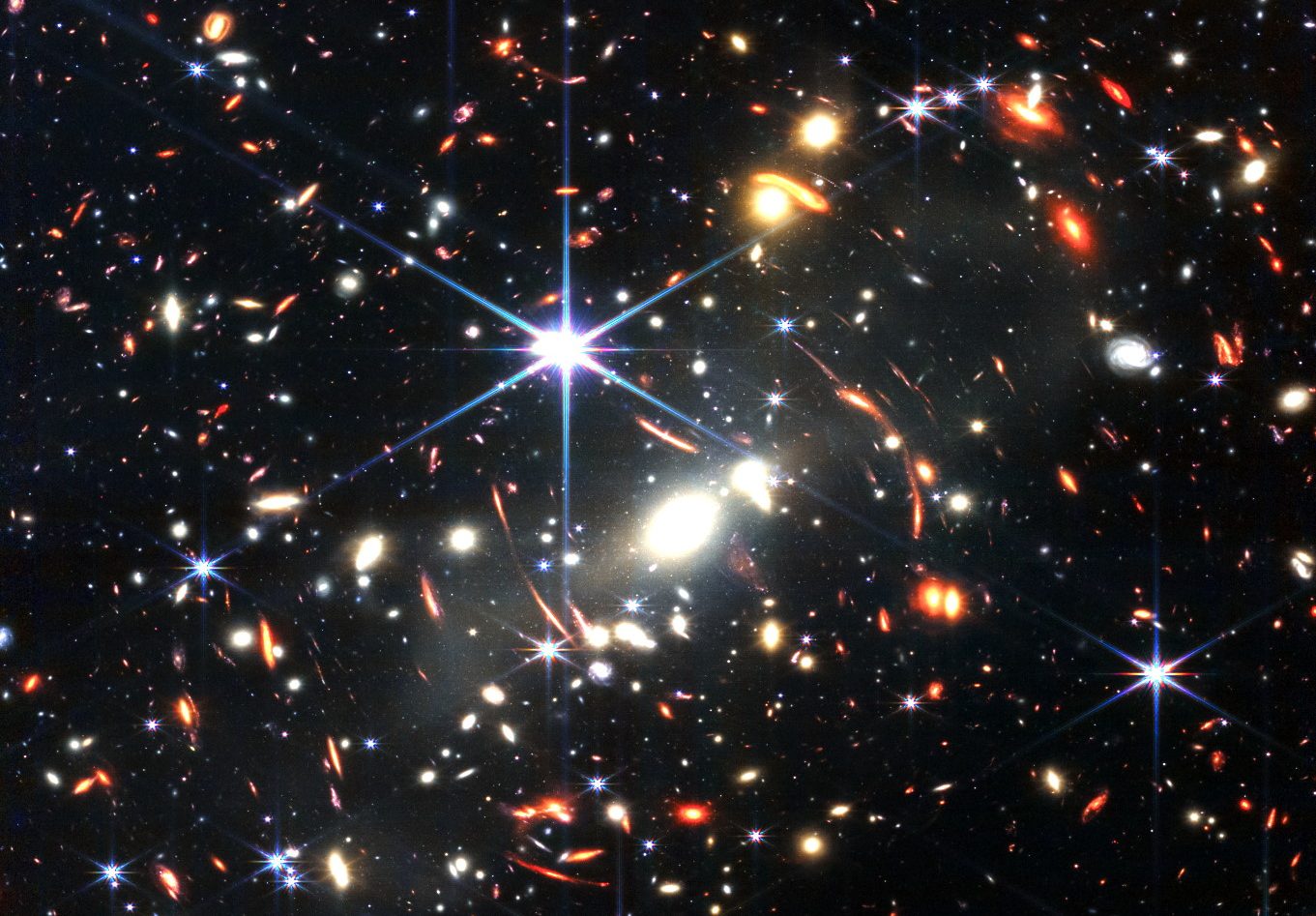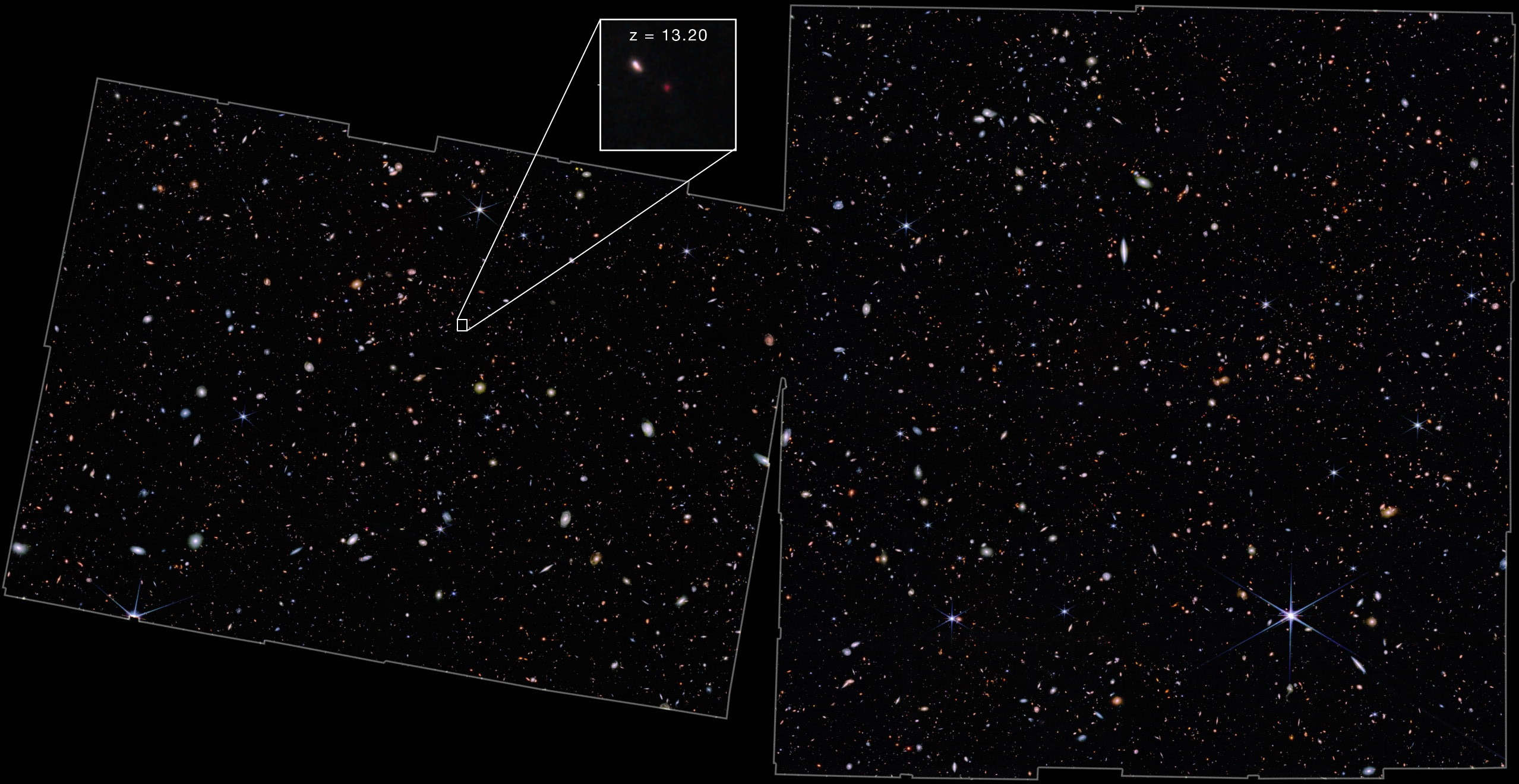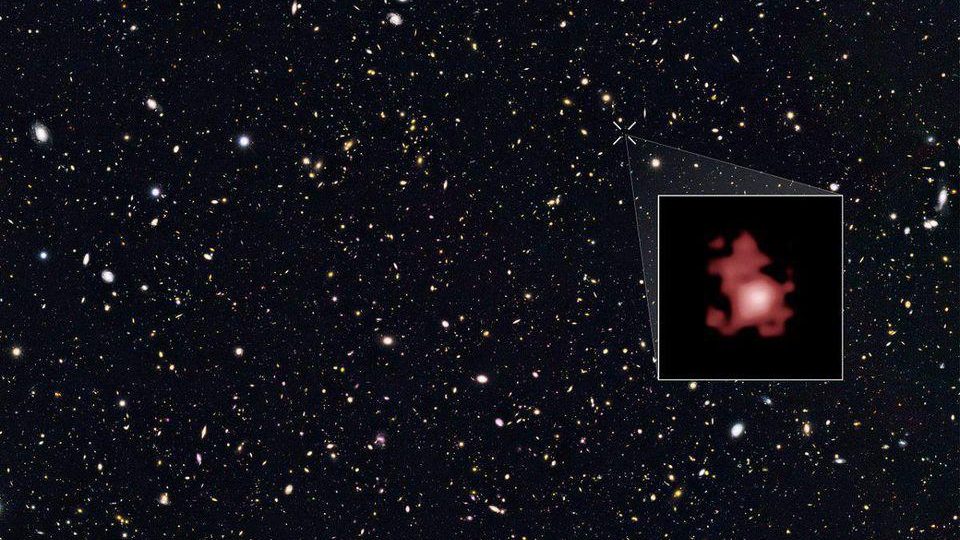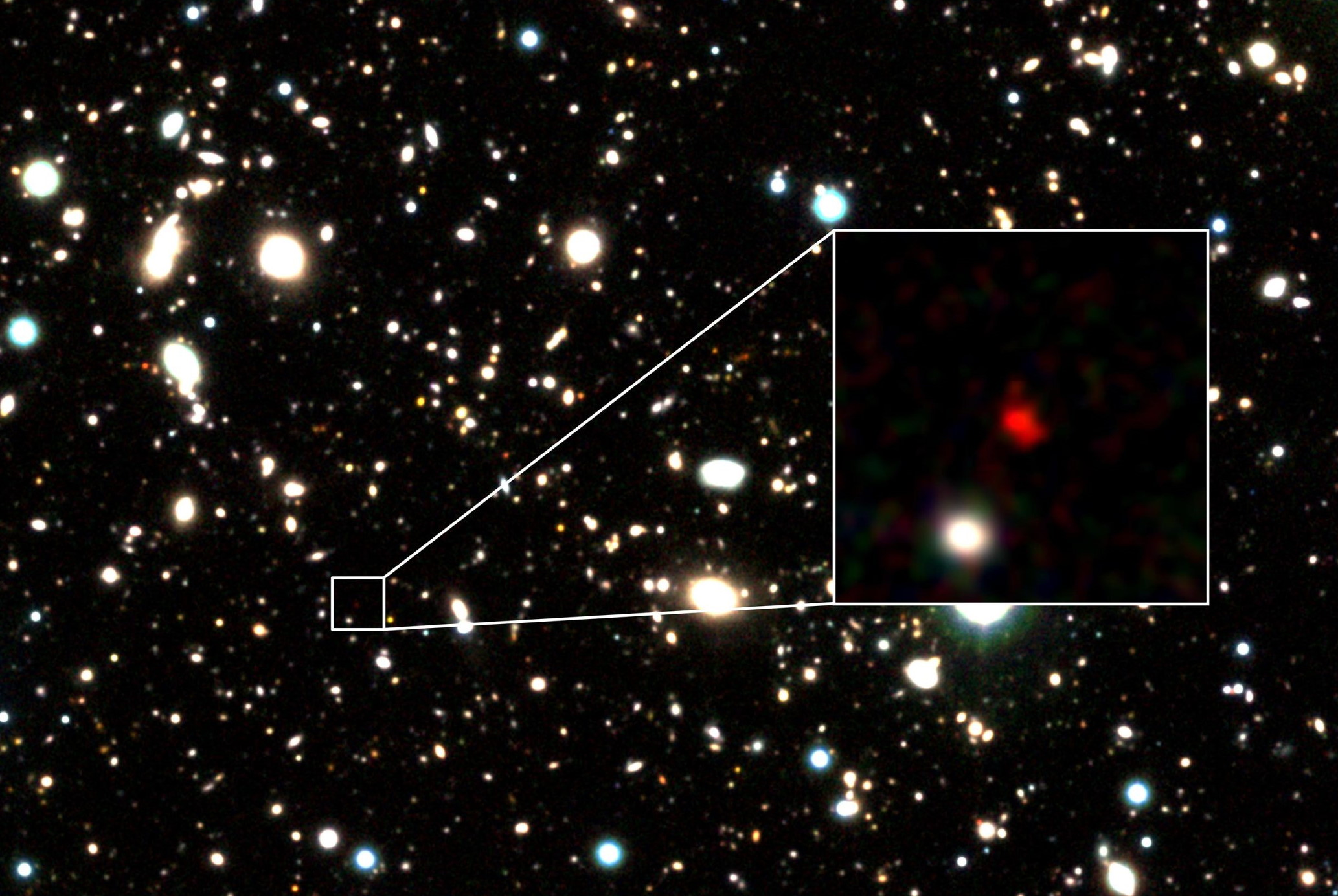Did the most distant galaxy “candidates” survive JWST’s ultimate test?
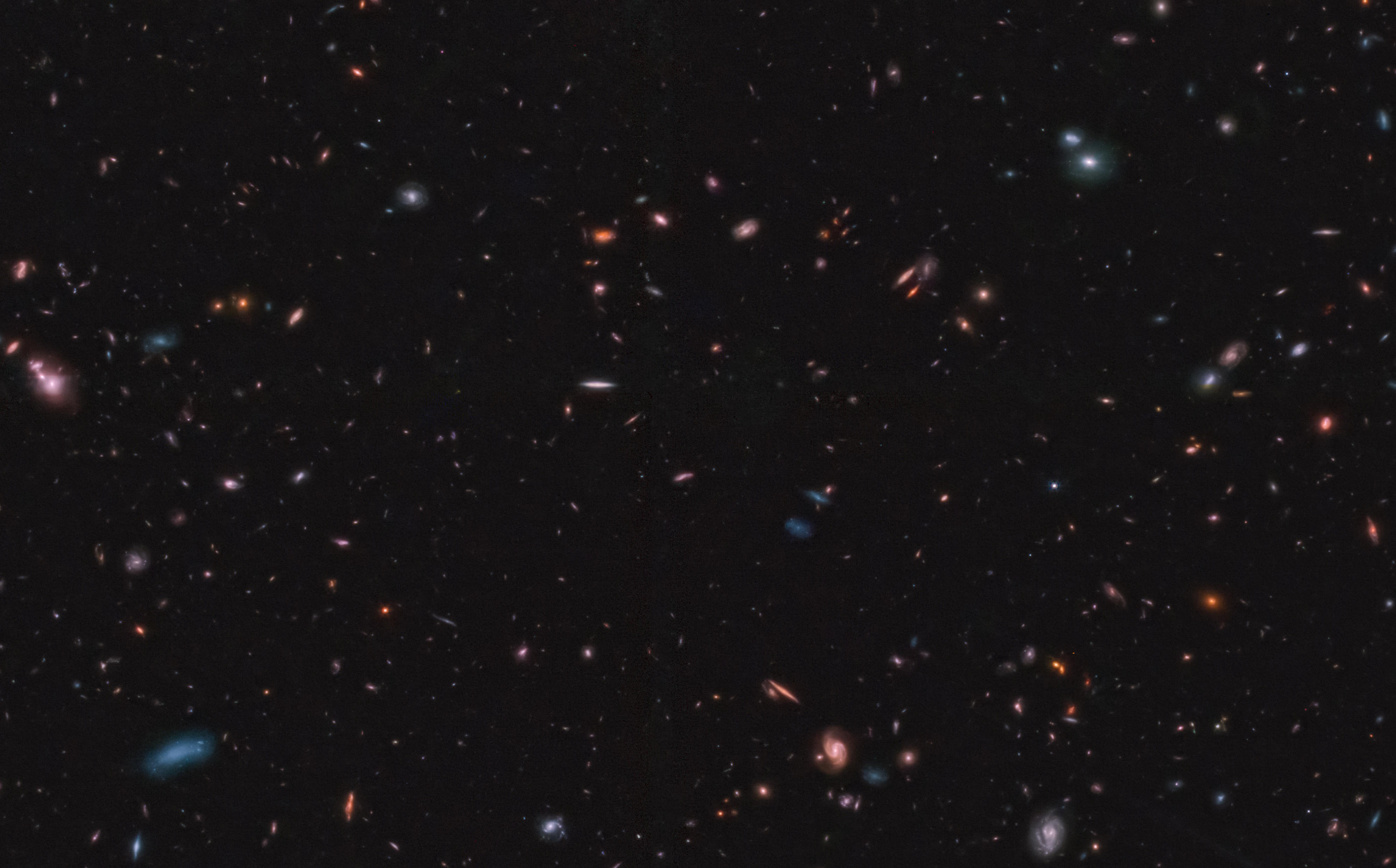
- When JWST takes images of the distant Universe, it reveals galaxies near, far, and in-between.
- Many of these galaxies will turn out to be among the most distant ever discovered, but without spectroscopic confirmation, we cannot know their distances for certain.
- Despite much speculation by many in the community, only a scrupulous, proper analysis of new spectroscopic data can settle the issue. Here’s what is, and isn’t, out there in what’s been observed so far.
When JWST successfully launched back on Christmas day, 2021, astronomers were hoping it would unfold and operate correctly, which it resoundingly did over the next six months. Astronomers were already hoping for some amazing scientific revolutions right away: including the earliest, most-distant galaxies ever seen, large numbers of record-contending galaxies, galaxies in previously unseen stages of evolution, and perhaps even a glimpse of the first stars ever to form in the Universe. The first image released hinted at many of these, and many early highlights delivered expected advances as well as several unexpected, serendipitous surprises.
One of the discoveries that has astronomers buzzing is the sheer number of large, bright galaxies that JWST has identified as ultra-distant galaxy candidates. In fact, in its first released image of galaxy cluster SMACS 0723, a total of 87 ultra-distant galaxy candidates were identified: galaxies potentially from within the first 500 million years of our cosmic history. Subsequently, even larger, deeper galaxy surveys, including:
- JADES: the JWST Advanced Deep Extragalactic Survey,
- COSMOS-Web, an extragalactic survey that’s the largest first-year JWST project of all,
- GLASS, which looked at the deeply lensed galaxy cluster Abell 2744,
- and CEERS, the Cosmic Evolution Early Release Science Survey,
have revealed a number of exciting ultra-distant galaxy candidates. One of them, CEERS, had a candidate for a galaxy at what would be a record-setting ~240 million years after the Big Bang. But to go from “galaxy candidate” to “confirmed galaxy” takes spectroscopic data: data that was absent from all of the early releases. Having received discretionary time from the office of the JWST director, the CEERS team, jointly with a team from Edinburgh, took JWST spectroscopic data on Friday, March 24, 2023. After a heroic effort, they’ve got a paper up and available already. Here’s what they found.

The reason these questions matter
You might first ask, “What does it matter? Shouldn’t there be galaxies as far back as our observatories are capable of seeing, so shouldn’t a new, more sensitive observatory (like JWST) take us back to the limits of its instruments?”
It’s a great thought, but the surprising answer is no. Sure, JWST can see farther back than Hubble or any ground-based optical/infrared telescope, but that’s because it’s so large and so optimized for long-wavelengths. The farther away we look, the more the Universe will have expanded from the time that the galaxy’s light is emitted to the time where it arrives inside our instruments. More expansion means that the light gets redshifted more severely — to longer wavelengths — and hence requires observatories, like JWST, that are sensitive to those long wavelengths.
But looking to greater distances also means looking farther back in time: closer to the moment of the hot Big Bang. And because the Universe was only born with tiny “overdense” imperfections at the 1-part-in-30,000 level, it takes substantial amounts of time, perhaps tens or even hundreds of millions of years, for the first stars to form, and arguably even longer for the first galaxies to appear and grow large.
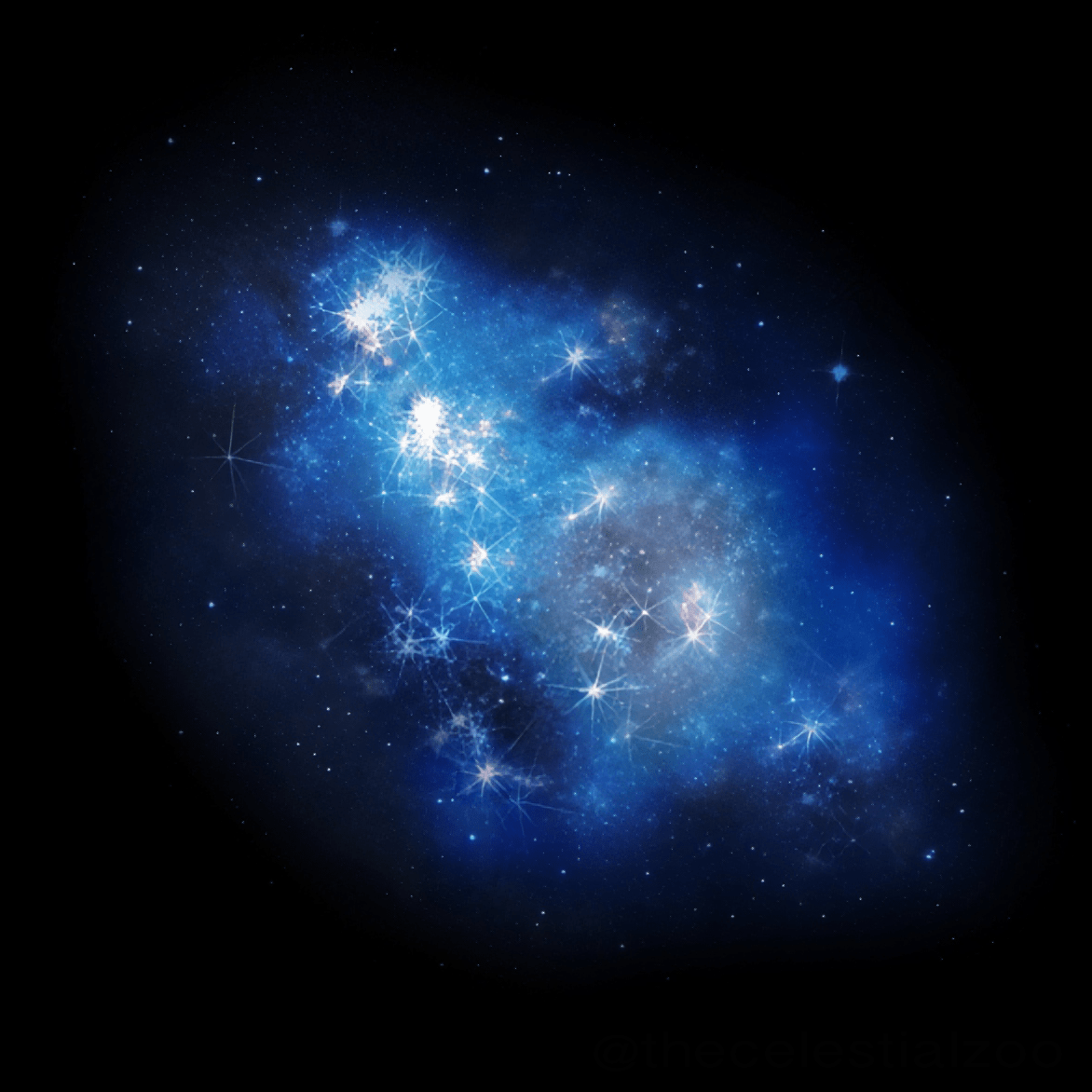
In other words, the farther and farther back into the distant Universe we look, we have a picture of what we expect to see.
- At some point, we should find the first and earliest bright, large, luminous galaxy, and we should see their number density rapidly decrease as we approach that limit.
- Before that, we should find only smaller and less-evolved galaxies, decreasing in number and number density until we find the very first among those.
- Before that, we should only see individual star clusters and proto-galaxies, and these should be extremely blue and primitive, and again should only exist in low number densities the farther back we go.
- And finally, there should truly be a time where the very first stars and star clusters of all appear, and beyond that, there should be no luminous sources at all to observe, excepting the Big Bang’s leftover glow itself.
When we look into these deep depths of the Universe and examine these galaxies, we’re basically asking the Universe, “How did you grow up, and come to be the way you are today?” Given that we have a model of the Universe — a mix of dark matter, normal matter, dark energy, and a little bit of radiation — we can arrive at predictions for what we expect to see in the Universe at any given time. Looking at these distant objects with JWST, and with its spectroscopic capabilities in particular, allows us to test that model, and to see if we truly understand the Universe we inhabit, or if (and how) we have to revise our picture of the cosmos.
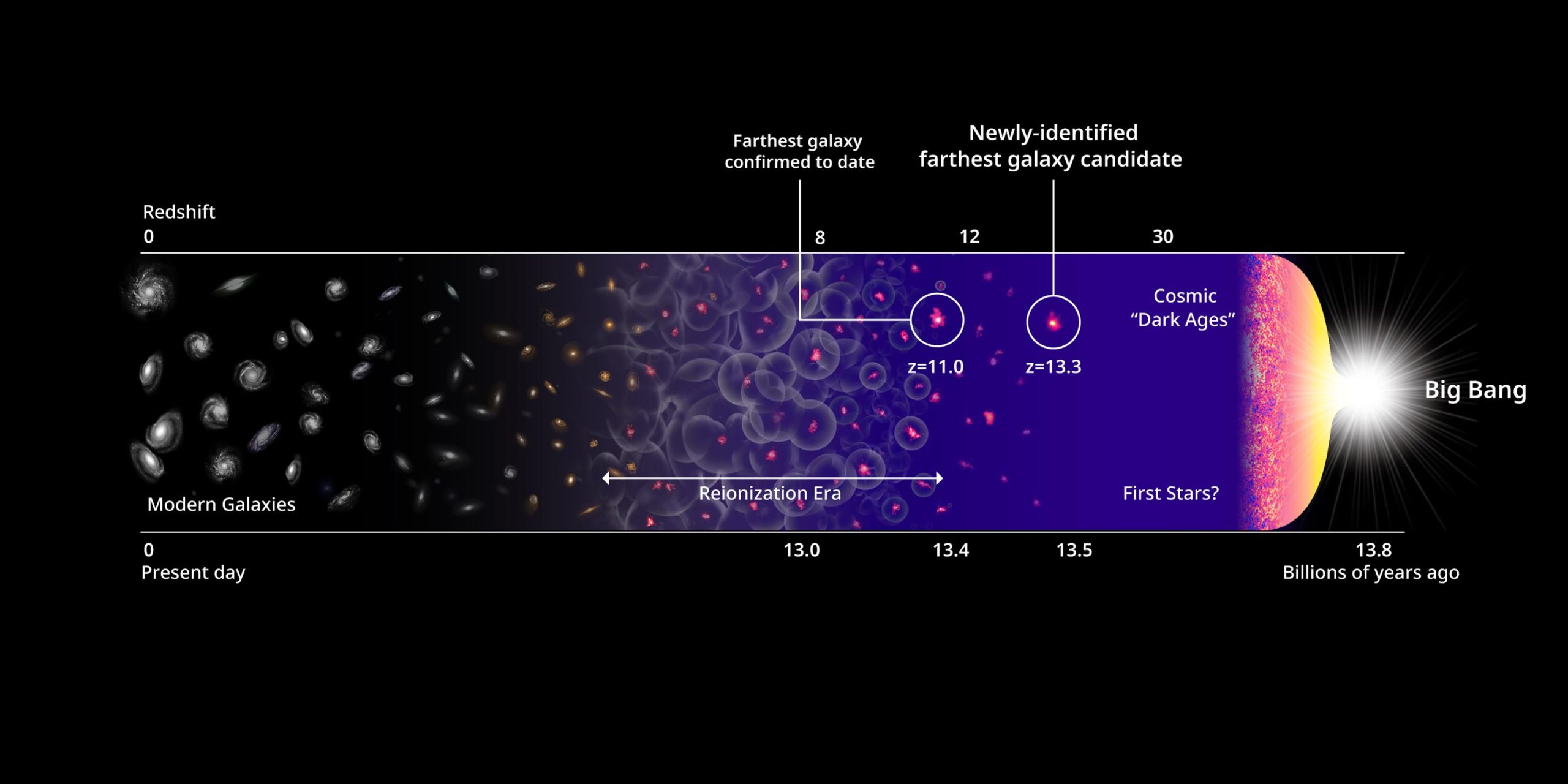
The current cosmic record
Prior to the advent of JWST, the cosmic record-holder was set by Hubble, extraordinarily close to the extreme limits of Hubble’s most optimistic instrumental capabilities. This galaxy, known as GN-z11, was at a redshift of 11, corresponding to an age of the Universe of ~400 million years. It was only able to be seen by Hubble because of three reasons, combined.
- Hubble was serviced multiple times during its lifetime, with the installation of the Advanced Camera for Surveys in 2002 extending its view farther into the infrared than its original specifications ever would’ve allowed.
- The object itself, GN-z11, was serendipitously located along a line-of-sight that has far less neutral matter within it than average: evidence that this region was reionized by a greater-than-average amount early on.
- And we were able to obtain a spectrum for this object, breaking the light up into its component wavelengths and identifying a key feature to uniquely determine its distance: the Lyman-break feature.
While every galaxy has its own unique spectral “fingerprint,” that indicates what atoms are present and with what ionization level, every galaxy is rich in hydrogen, every hydrogen atom has the same set of emission and absorption frequencies, and the strongest hydrogen feature is always Lyman-α: the n=2 to n=1 transition of hydrogen, from the first excited state down to the ground state. Find that feature — or, for high redshift galaxies, find where that feature gets truncated due to the absorption from neutral hydrogen in the foreground, a.k.a. the “Lyman break” — and you’ve got your galactic distance for certain.
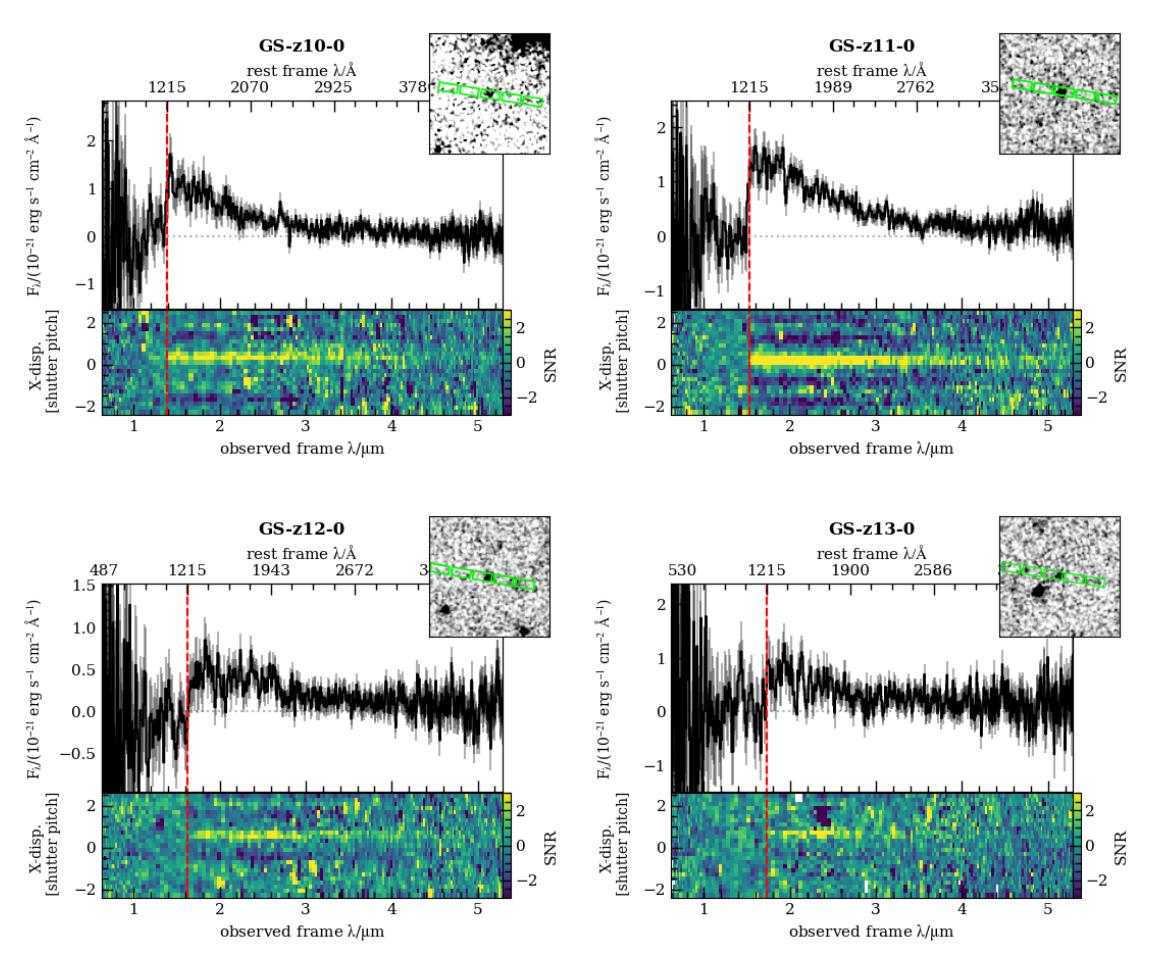
While JWST was being commissioned, a very dubious assertion was made that Hubble had spotted another, more distant galaxy: HD1. With a touted redshift of 13, corresponding to an age of the Universe of just 330 million years, it might be more distant, but there was a problem: there was no spectrum for it. Without that critical data, it remains only a candidate galaxy, rather than a confirmed, ultra-distant galaxy.
When JWST finally started taking data, a number of extremely suggestive “candidate galaxies” emerged, but it would take spectroscopic confirmation to be certain of properties like distance. Looking in the JADES (JWST Advanced Deep Extragalactic Survey) field, a series of galaxies were imaged spectroscopically, with a new record-holder emerging at a confirmed redshift of 13.2 and a corresponding age of the Universe of just 320 million years at the time. Other ultra-distant galaxies have been found by JWST, with multiple other JADES galaxies found younger than 500 million years, and significant competitors in the same class of distances.
The galaxy JADES-GS-z13-0 is the name of the current record-holder, but it’s fully expected that with more data, deeper data, and greater sky coverage, this record will soon be broken, and likely, many times over before all is said and done.
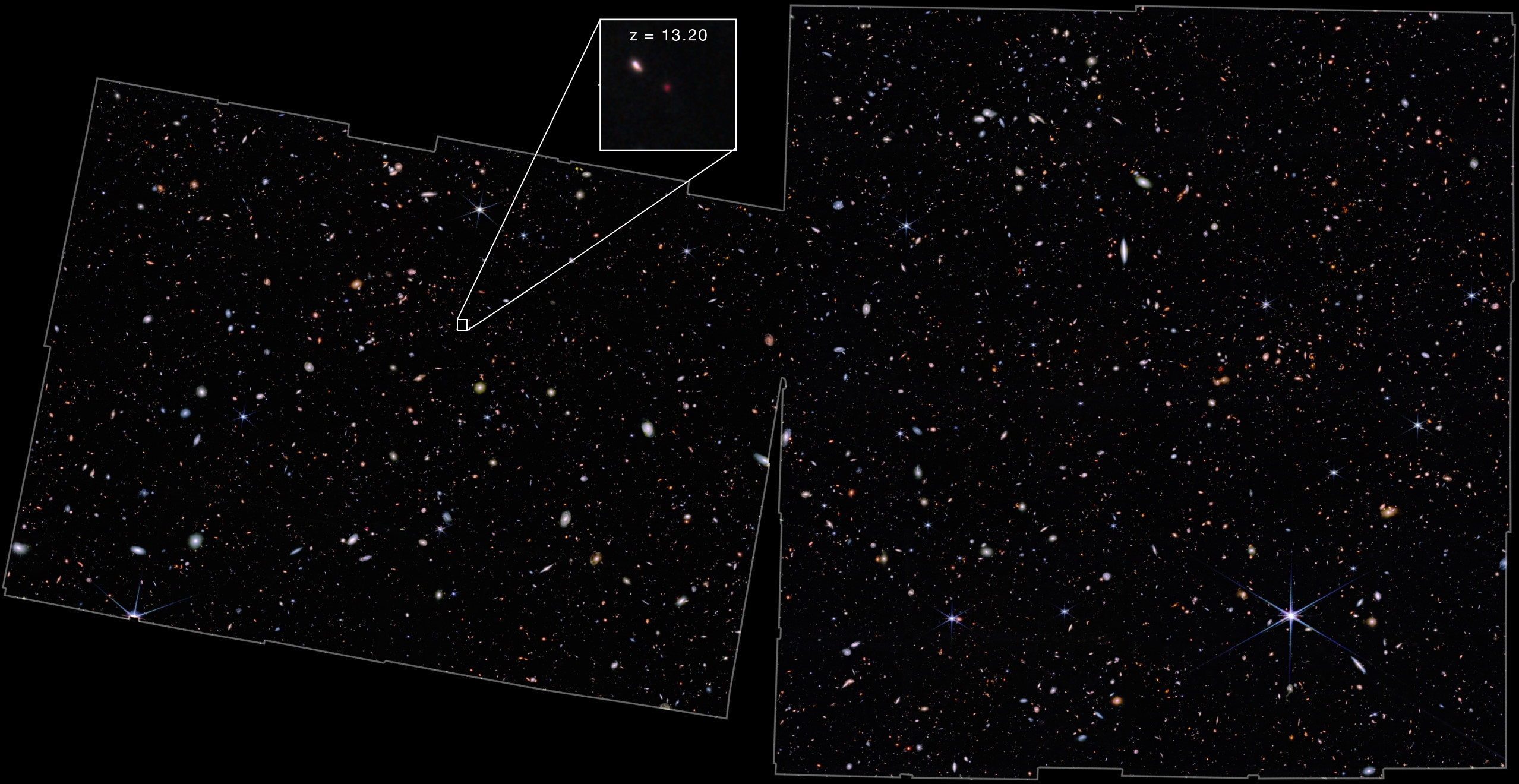
The problem with “candidate galaxies”
The problem is simple: when you don’t have a spectrum, all you have is light that “appears” or “does not appear” by a certain amount over a certain wavelength range. These wavelength ranges are typically viewed by astronomers by looking at an object with a set of photometric filters atop them, which are good at identifying how much light-and-energy appears in each set of wavelength ranges.
- If you had an ultra-distant galaxy, you’d see negligible amounts of light below a certain wavelength threshold, and then a jump up to “lots of light” above that wavelength threshold.
- But if you had a galaxy that was only “kind of distant” but was intrinsically red, it would show up with similar photometric properties.
- And if you had a galaxy that was only “kind of distant” but was intrinsically very dusty, where dust blocks blue light more efficiently than red light, it would show up with similar photometric properties.
In order to know whether you have a truly ultra-distant galaxy or just an impostor with similar color properties, you need a spectrum. As I jokingly (but also, not jokingly) said to astronomer and prolific user of photometric redshifts, Dr. Haojing Yan, “I trust a photometric redshift about as much as I trust a photo of the Loch Ness Monster.” In all seriousness, knowing and confirming a galaxy’s distance for certain requires spectroscopy, and at least a spectroscopic identification of the key Lyman break feature.

The most interesting early candidates from CEERS
One of the largest, deepest views that JWST has taken of the Universe, at least so far, comes from the CEERS collaboration: the Cosmic Evolution Early Release Science Survey. By surveying a very large area of sky (at least, relative to JWST’s small field-of-view) of 100 square arcminutes, CEERS aimed to photometrically observe extraordinary numbers of galaxies within that field. The rationale is that this photometric survey would identify a number of galaxy candidates that might be among the earliest and most unusual galaxies in the Universe, and then the best candidates would be able to be followed-up with JWST’s spectroscopic capabilities.
One of the earliest, most interesting galaxies found in the CEERS field has simply been known as “Callum’s galaxy,” since it was first flagged by a team of authors led by Callum Donnan, that had an inferred photometric redshift of a whopping 16.4, which would be a colossally record-breaking event. This would correspond to this galaxy coming to us from just 240 million years after the Big Bang, and a galaxy this bright and big so early would be a true challenge for many aspects of structure formation.
Other highlights included Maisie’s galaxy, a candidate galaxy with a photometric redshift of 12, as well as a source known as CEERS-DSFG-1 that appeared to be at a redshift of 5, but which could alternatively be at a much higher redshift.
There were also several candidate galaxies at redshifts of 8, 10, or even slightly higher. But without spectroscopy, we know not to trust any of them. Photometry is great for identifying the coarse properties of a galaxy and for finding candidate galaxies, but at these great distances, we can’t yet accurately infer their spectral properties from photometry alone.
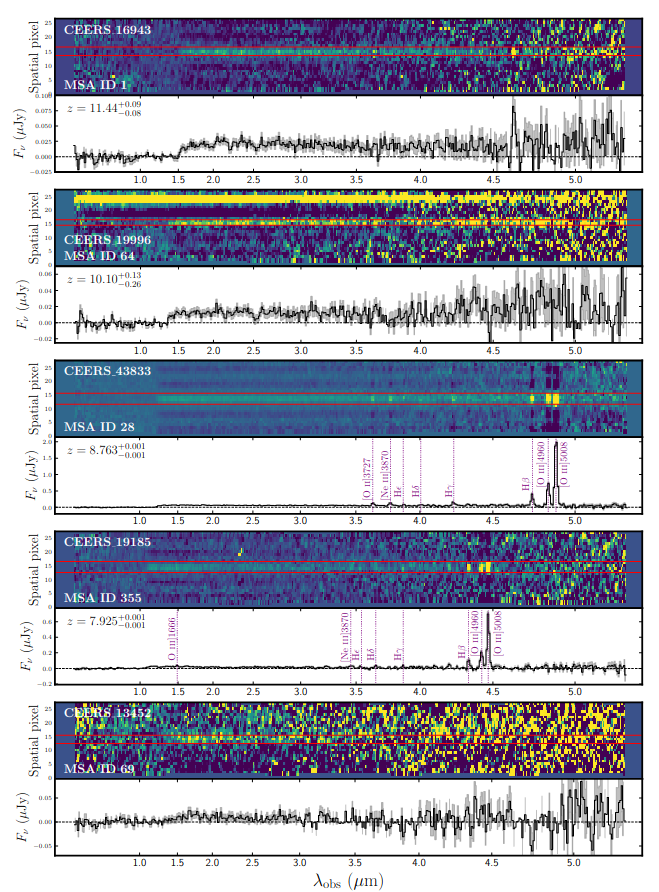
Spectroscopic follow-up and the scientific truth
Fortunately for all of us, space telescopes in general don’t assign all of the possible observing time to the teams that want it, but leave a bit of it available for “targets of opportunity,” for where scheduled observations fail, and for follow-up observations as “director’s discretionary time.” A bit of that discretionary time was awarded jointly to the CEERS team and the Edinburgh group to do spectroscopic follow-up on its highest-interest targets, and those observations took place on Friday, March 24, 2023.
In a tour-de-force effort under the gun of “crunch time,” the dozens of members managed to get a paper submitted on Monday night of March 27: just three days after the data came in. The key results are as follows:
- Callum’s galaxy (CEERS-93316) is a lower-redshift interloper, at “only” a redshift of 4.9, placing it 1.2 billion years after the Big Bang. It’s a big, bright, element-rich galaxy with very strong emission lines, but it isn’t from the ultra-distant Universe.
- CEERS-DSFG-1 is also at a redshift of 4.9, but it doesn’t look anything like Callum’s galaxy. This object has only one strong, visible light emission line signal, whereas Callum’s galaxy showed many other elemental signatures as well. These first two galaxies, which could have been great surprises, are instead perfectly in line with what we had expected should be there in the Universe.
- But Maisie’s galaxy truly is an ultra-distant galaxy, measuring in at a high-redshift of 11.4, placing it 390 million years after the Big Bang and displacing GN-z11 to take 5th place (for now) on the all-time list of most distant galaxies. (No, HD1 still doesn’t count, sorry Wikipedians.)
- And two other galaxies (one certain and one with a suggestive Lyman break) from between 400 and 500 million years after the Big Bang were found in this field spectroscopically, along with another two from about 600-650 million years after the Big Bang.
Two additional galaxies were also found at that same redshift of 4.9 in this same region of the sky, suggesting that this may provide evidence for a very early galaxy cluster: a candidate for the earliest one ever spotted, if true. It doesn’t “break” our standard cosmological picture, but it does show us that large, bright, evolved galaxies were around, and around in significant numbers, quite early on in our cosmic history.
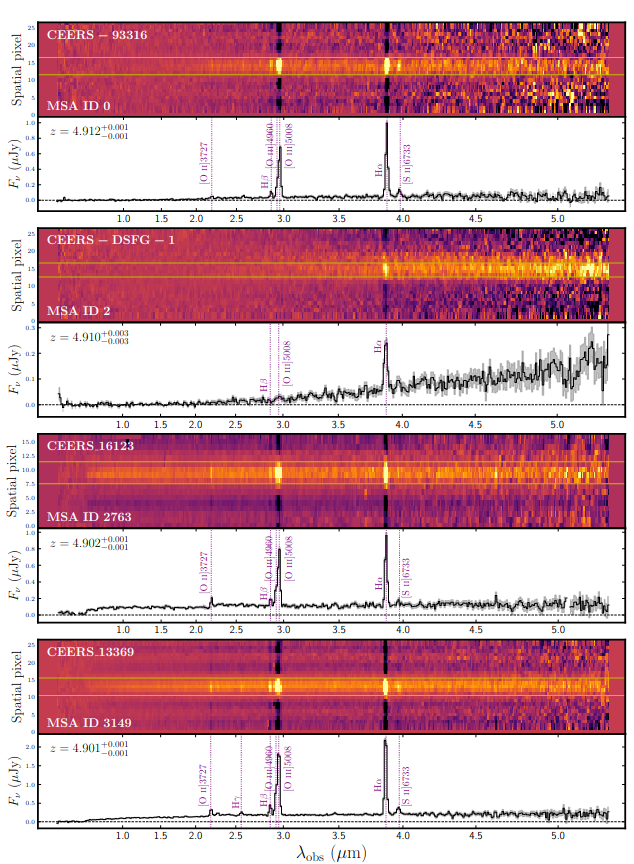
An emerging ethics problem in astronomy
Unfortunately, the CEERS team/Edinburgh group had no choice but to rush their results out the door as quickly as possible. When the decision was made to “release all data created with public funding immediately,” it instantly began harming a number of early career scientists who were members of the collaborations that were awarded JWST time. Instead of getting “first crack” at their data, which is how astronomy has historically been conducted, the entire world got to see the data acquired with “director’s discretionary time” at the same time the collaboration, which successfully fought for this proposal’s existence and approval, got it.
Members of the CEERS team had to plan their observations, taking into account how the telescope and the various instruments behave, how the telescope would be pointing at that particular time of the year, what type of data needed to be collected and what the most efficient path for that would be, etc. They had to make 100% of the decisions that go into creating a useful dataset before anyone ever sees that data. But the people who do that work don’t get credit for that work alone; they only get credit for the paper that comes out.
This was fine back when the collaboration had their “proprietary time,” as the people who did that work would be the people who wrote those critical papers. But without any proprietary time, outsiders — often rivals to the collaboration — are often able to extract interesting details from the data first, and can do so without crediting or collaborating with the team whose work literally enabled their own. It’s a practice that hurts the early career researchers who chose to join the large collaborations that have been awarded JWST time. The reason many early-career researchers are attracted to these collaborations is because of the promise that they’ll get to work on one of these high-impact results/papers, which can be career-makers for graduate students and/or postdocs. With no current framework in place to handle the ethics of the situation, it’s the hope of many that the community will create one, ensuring proper credit to those who’ve actually done the work to make these observations and their downstream discoveries possible.
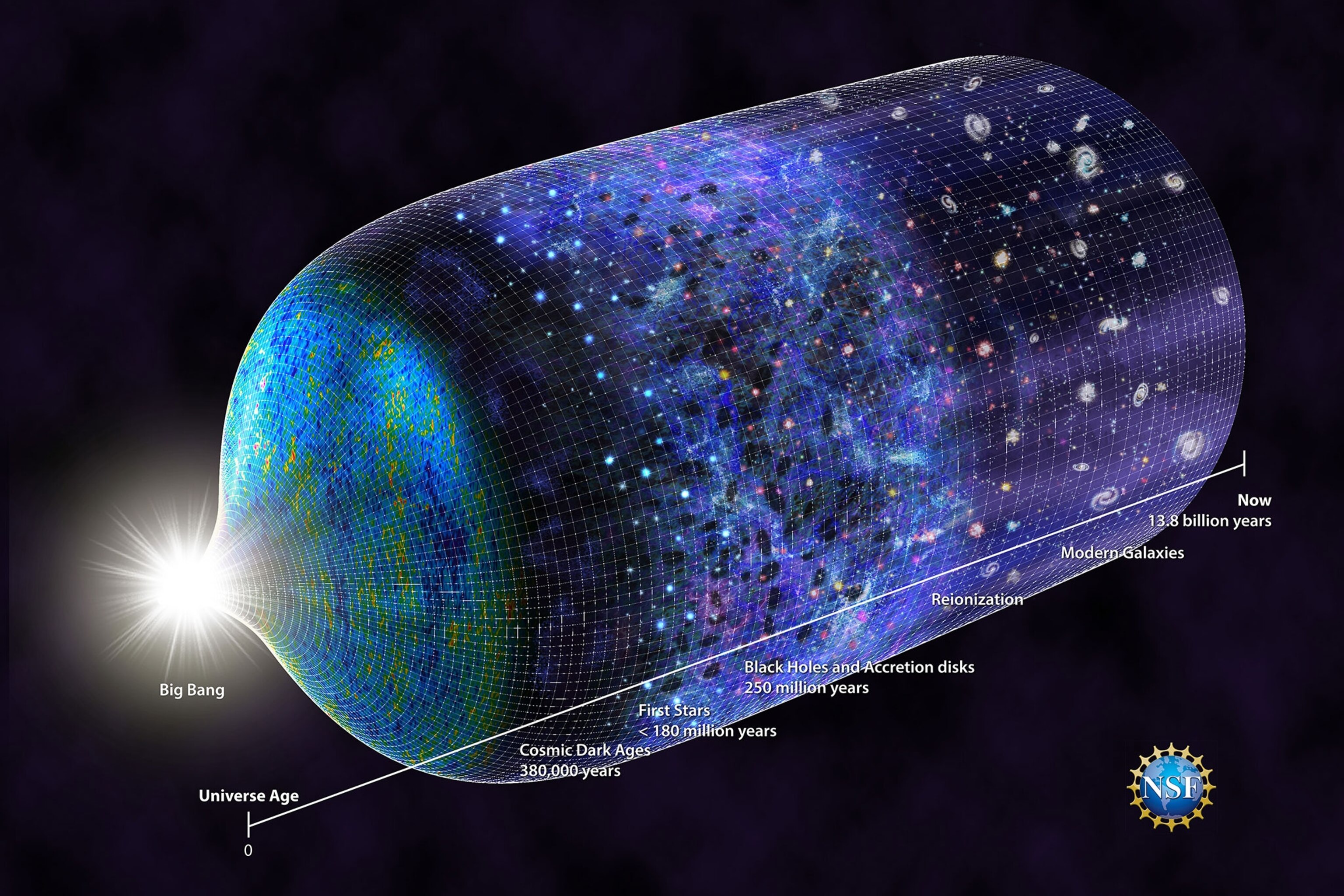
The greatest impact that these results should have on the community is not for what the CEERS team/Edinburgh group did find, but what these findings point to.
- Large, rich populations of galaxies and possibly even clusters and groups of galaxies exist in great numbers and potentially in high densities just ~1 billion years after the Big Bang, and perhaps even sooner.
- There are a great many bright and evolved, heavy element-rich galaxies out there in the very early Universe: just 330-650 million years after the Big Bang. Many, and quite possibly most, of the “galaxy candidates” identified photometrically in that range will turn out to actually be at these great cosmic distances.
- Very interestingly, these galaxies that we’re routinely finding in great numbers with JWST data would have absolutely shattered the cosmic record as recently as 9 months ago.
- However, we haven’t yet found galaxies prior to ~300 million years of age in the Universe. They should be out there, although they may be smaller and fainter than the galaxies we’ve imaged so far.
- We’re seeing how galaxies grow up during the early stages, and how they’re not falling into clean-and-neat categories like “this is a dusty, star-forming galaxy” or “this is a quasar,” but rather that they exhibit hybrid properties quite commonly early on.
- And, perhaps most importantly, we’re finding these CEERS galaxies, photometrically, with a total of only one hour of JWST observing time for each galaxy. Just imagine what we can find with a true deep field: where days and days of observing time are devoted to imaging a single patch of sky.
We’re only beginning to find the earliest stars-and-galaxies in the Universe, but this was the main science goal of JWST: to discover how the Universe grew up. These newest findings confirm and enrich our standard picture of the Universe and bring us one step closer to a cohesive picture of our entire cosmic history: from the Big Bang until the present day.
